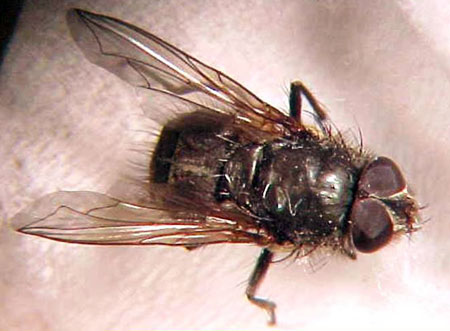Those large flies in your home in winter are probably cluster flies which overwinter in the protected areas between the inside and outside walls of your home or in the attic or basement.
Flies in attic winter.
And the easiest entrance is usually through external gaps leading to your attic.
Most commonly they move from the ground to your attic for the winter when it gets cold.
Attic flies common this winter.
Flies that gather in roofs around windows and on walls inside in the autumn and winter are called cluster flies also known as attic flies.
Last summer s abundant rainfall was favorable for development of cluster flies.
These are not the same as the blue bottles that buzz hard against the windows in the warmer weather or the house flies and smaller flies that are active in summer too.
By instinct they seek shelter away from the elements such as in the fall when it gets cold.
The result has been a greater than normal abundance of these large black pesky flies in houses this winter.
While they hibernate over the winter their accumulated excrement can give off a noticeable stench.
The large black pesky flies that show up in bed rooms and on window sills from late fall through early spring have been very abundant this year possibly because of the wetter than normal weather we had last summer.
Unfortunately this annoyance will persist through the spring cluster flies are named for their habit of clustering in large numbers on outside walls in.
Fox last modified date.
These flies are known as cluster flies a name that.
Attic flies are especially abundant this spring.
August 06 2020.
These eggs hatch throughout the winter and the little flies have nowhere to go but the home.
They tend to travel in huge swarms of thousands of flies.
Entry entering living spaces by way of electrical outlets or baseboards the pests take shelter in attics and walls to hibernate awaiting the arrival of warmer spring weather.
Although flies can be a nuisance at most times of the year cluster flies tend to become most problematic as autumn turns into winter.
Naturally your house is warmer.
Some species of flies such as face and cluster flies lay eggs in the cracks and crevasses of a home.
Attic flies which are also known as cluster flies are insects that often migrate into homes in the fall where they hibernate for the cooler fall and winter months one of the best tips for getting rid of attic flies is to keep them from entering the house in the first place as trying to eliminate them after they are in hibernation can be difficult.
Cluster fly larvae develop inside earthworms living in the ground outside of homes.
Flies are an expected nuisance in the spring and summer but some homeowners will find themselves in the midst of an infestation in cold winter months.
Cluster or attic flies are the genus pollenia in the blowfly family calliphoridae.
Cluster flies prefer warm areas so homeowners often find them flying around houses on sunny days in the winter and late fall months.
By donald lewis department of entomology.
Along the roof or attic.
Unlike more familiar blow flies such as the bluebottle genus phormia they do not present a health hazard because they do not lay eggs in human food.










